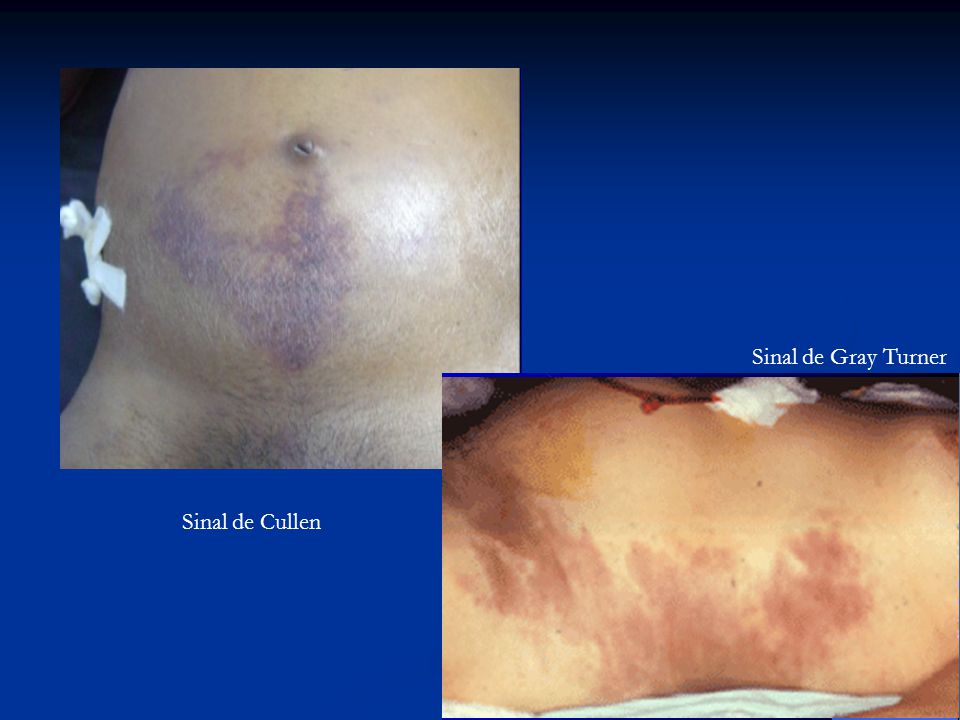The Cullens sign allows the examiner to mainly identify pancreatic changes such as chronic pancreatitis. The pancreas is divided into 4 parts: head, neck, body and tail. Its irrigation descends mainly from the pancreatic great arteries, branch of the splenic and pancreatic duodenal arteries and branches of the gastroduodenal. In pancreatic alterations such as acute chronic pancreatitis, there may be damage to the pancreatic parenchyma leading to blood rupture to the retroperitoneum, this blood can accumulate in the anterior region of the abdomen, especially in the periumbilical region. Periumbilical ecchymosis is a general characteristic called the Cullens Sign, if the ecchymosis is more concentrated in the region of the flanks, the sign is now called the Gray-Turner Sign.


REFERÊNCIAS:
http://scholar.google.pt
https://www.scielo.br/






0 comentários:
Postar um comentário